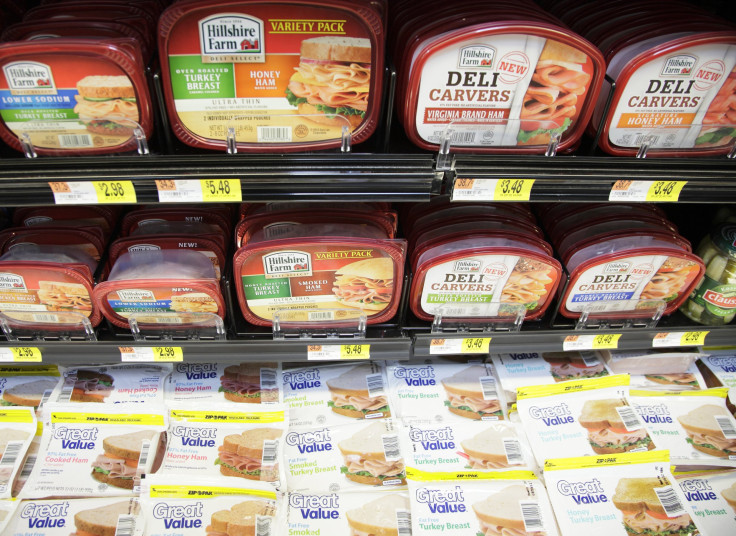What Your Food Labeling Really Means

Food labeling is required for most prepared foods such as bread, cereals, canned food, frozen food, snacks, desserts, drinks etc. Labeling for raw produce is voluntary, according to the Food and Drug Administration. However, even with food labeling many people are misinformed by what's healthy or not. There are labels such as "no high-fructose syrup" or "organic" that allow you to assume the product is good for you, but in reality it may not be.
A study conducted by researchers from the University of South Carolina, Columbia, found that those who are watching their weight are more likely to be deceived by food labeling.
The most common labels that may deceive the average consumer are: gluten-free, trans fat-free, no high-fructose corn syrup, whole-grain, low-fat and organic.
Gluten-free: Gluten is a protein found in wheat, rye and barley. For many with celiac disease, a condition that damages the lining of the small intestine making it challenging, or impossible, to absorb parts of food needed to stay healthy.
Mark Haub, an associate professor and interim head of Kansas State University's department of human nutrition, stated gluten-free products more than likely contain as many calories as gluten products. Excluding gluten from your diet, one loses out on a satisfactory amount of fiber. The consumption of fiber has its benefits such as controlling diabetes, weight control, etc.
Haub also points out that for the average person gluten is not bad, mentioning that people have been consuming wheat, rye and barley products for years and without exhibiting any type of health issues, some even live to be as old as 100.
Trans Fat-Free: Trans fat is created when oils are treated with hydrogen gas to increase shelf life.
According to the Centers for Disease Control and Prevention, trans fat increases low-density lipoprotein, commonly known as bad cholesterol. This can essentially lead to coronary heart disease, the leading cause of death in America.
Many cities like New York, Baltimore and Boston have banned man-made trans fat from restaurants.
What most people don't know, manufacturers can label their product as trans-fat free as long as the product contains half a gram or less per serving. So if you consume more than one serving you may consume a lot of the fat.
When grocery shopping, avoid products that contain "hydrogenated" or "partially hydrogenated" oils.
No High-Fructose Corn Syrup: High-fructose corn syrup is a common sweetener in sodas and fruit-flavored drinks. It has been linked to increasing rates of obesity.
When a product is labeled as no high-fructose corn syrup other sugary ingredients are used like honey, molasses, sucrose, fructose, and fruit juice concentrate. If any product has these sweeteners as one of the first four ingredients you should avoid purchasing them.
Whole-Grain: Whole-grains are a great source of fiber, selenium, potassium and magnesium. The 2010 Dietary Guidelines for Americans recommends that at least half of the grains you consume are whole grains.
However don't be fooled when most products state "made with whole grains." Always purchase products that state "100 percent whole grains."
Low-Fat: According to a health survey, more than 1,000 individuals consume foods labeled as "low-fat," "reduced" or "light" because they believe they have fewer calories and are healthier.
Labeling regulations define "low-fat" as containing less than three percent of fat, whereas "reduced fat" and "light" must contain 30 percent less than the original product.
Most consumers are unaware of what the terms "reduced fat" and "light" means. Out of 1,005 individuals who were surveyed, only 16 percent of shoppers could identify that these products must have 30 percent less fat compared to the standard.
When purchasing a product that states low-fat, be sure it contains less fat compared to the original product.
Organic: Organic products in most cases are better for you, however when purchasing grain products, like chips, noodles, cookies, and crackers, avoid organic products. When you do purchase organic products, look for the USDA Organic seal to be sure all ingredients are organic.
For additional information for food labeling visit the Food and Drug Administration website.



























